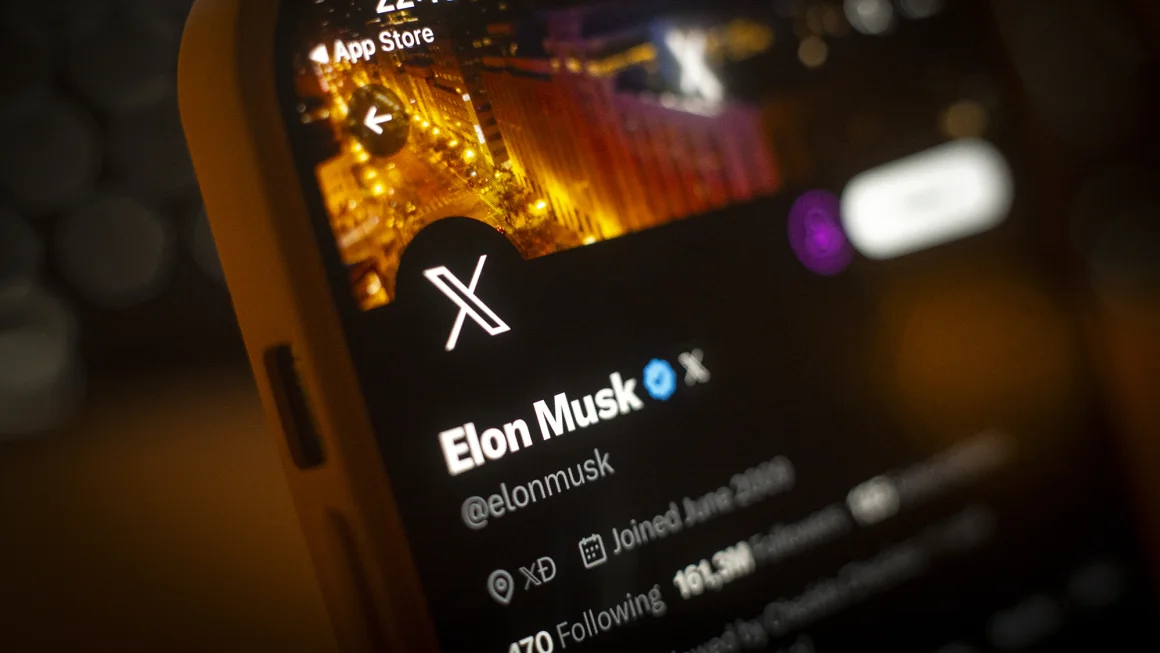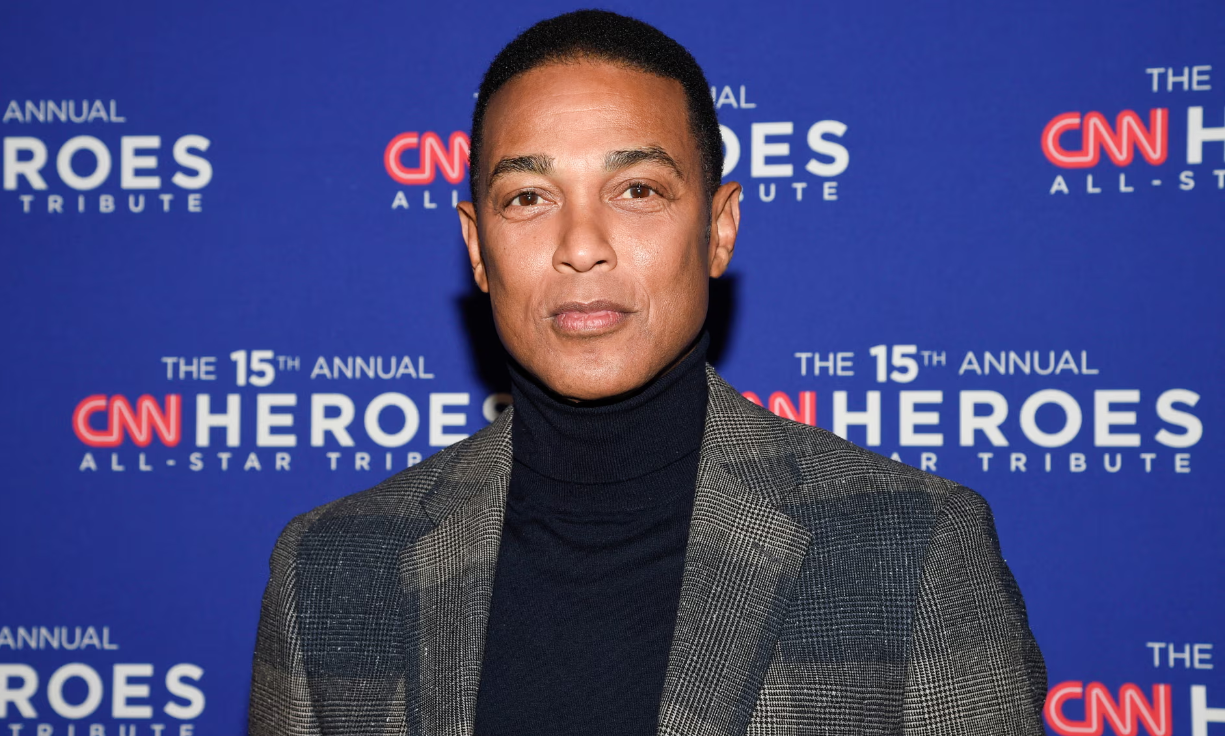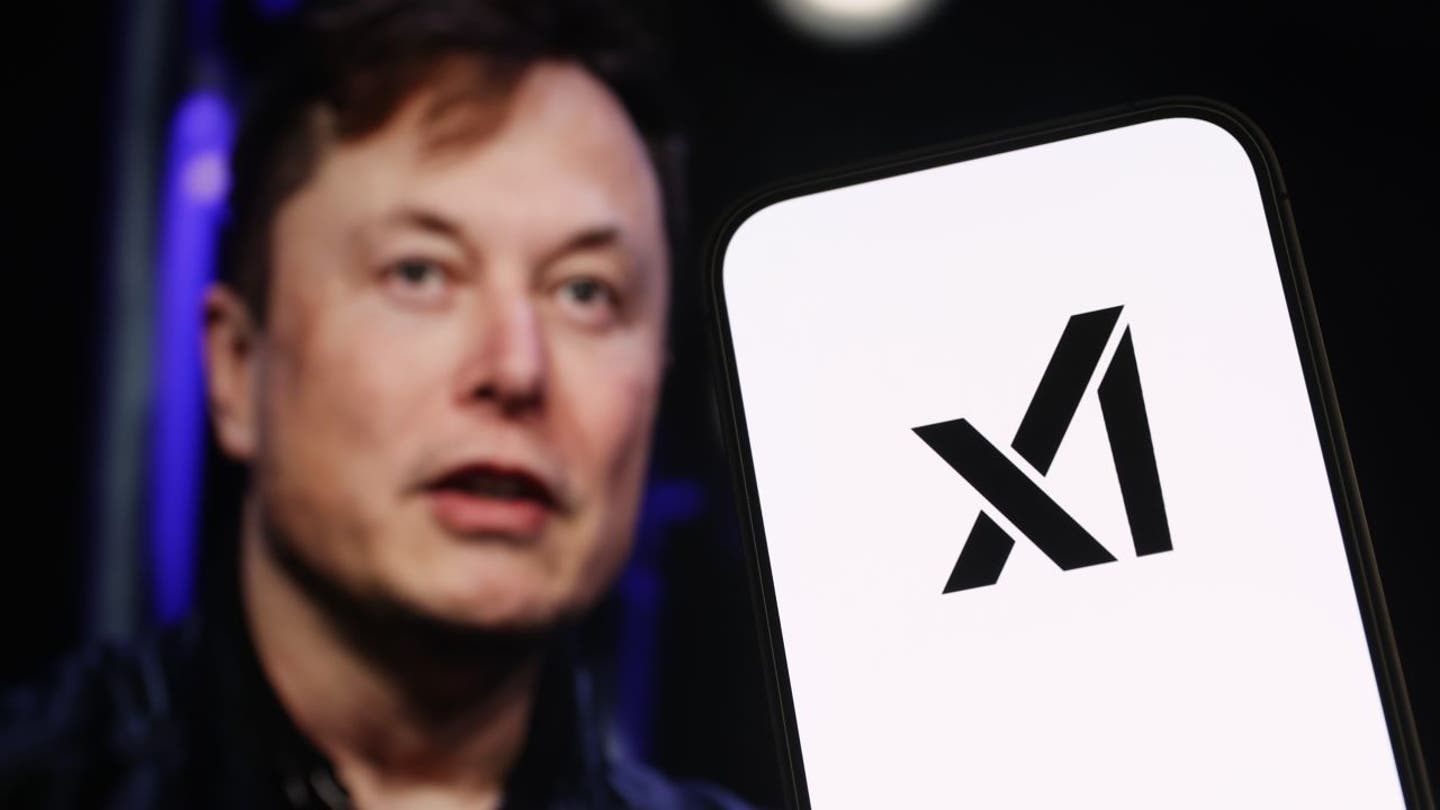This article is more than
1 year oldWhy Twitter’s rebrand to X feels 'shocking' to users
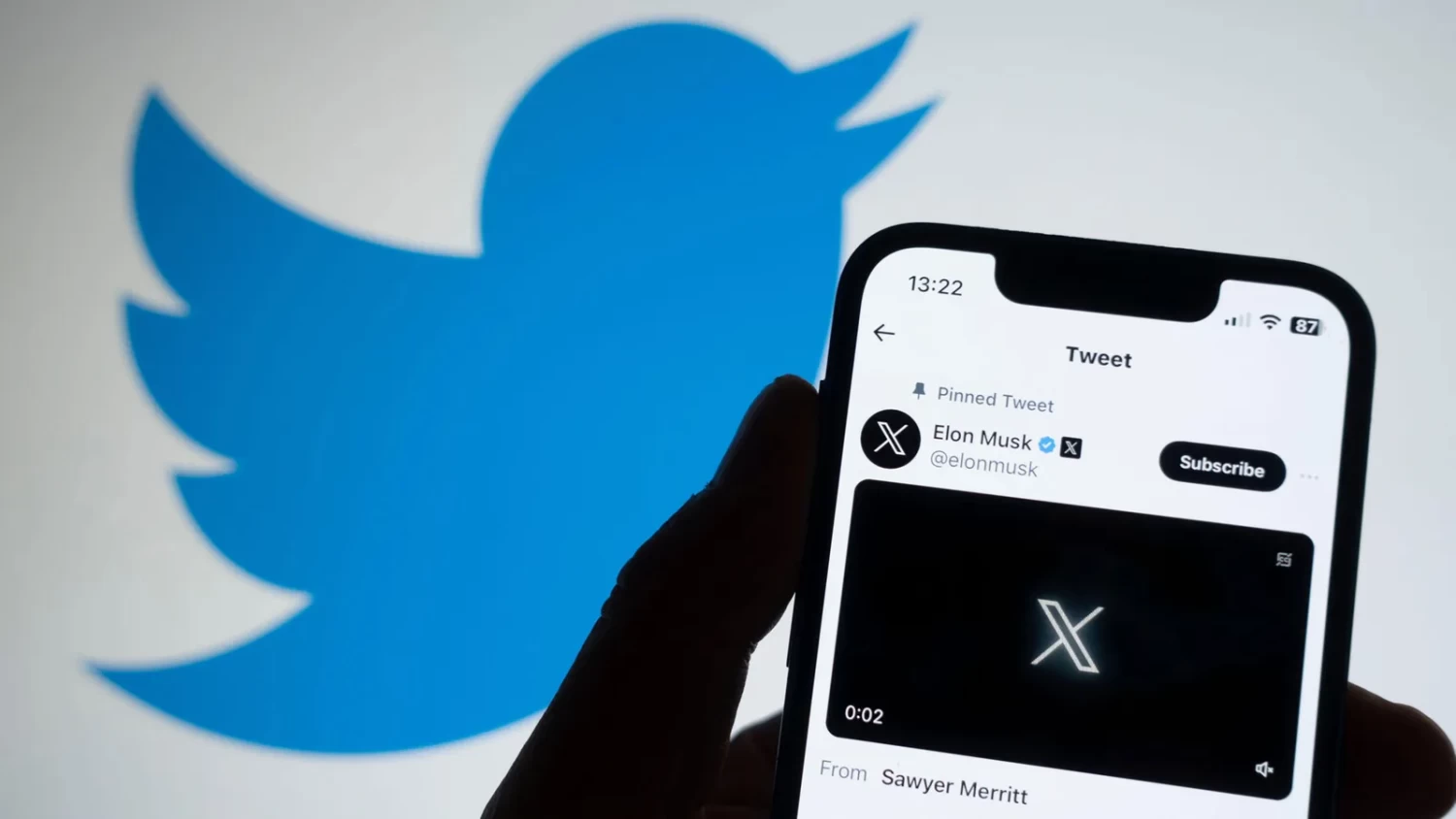
Many users logging onto Twitter on 23 July found a black X in the corner of their browser tab, in place of the little blue bird they were used to seeing. Elon Musk, tech entrepreneur and CTO of the social media platform, surprised nearly everyone by announcing plans to rebrand Twitter, which he’d purchased for a highly leveraged $44 billion in October 2022. The company is now called X.
After announcing that the communication platform will pivot to include a variety of upcoming services – payments, gaming and more – Musk also said eventually “all the birds” and the Twitter branding would be retired. A day after the announcement, the Twitter sign came down at the company’s headquarters in San Francisco (he has since installed a large X-shaped sign atop the building).
The move drew mockery, scrutiny and confusion – even ire – from many Twitter users and technology industry experts. Tech Reporter Casey Newton described Musk’s approach as owner of Twitter as “an extended act of cultural vandalism”.
“I think there was a true affinity for Twitter and the brand by their power users,” says California-based Orlando Baeza, chief revenue officer at Flock Freight, and a former marketing executive and branding leader at Buzzfeed, Paramount, Activision, Adidas and Nike. “This is a dramatic and unexpected turn. Their brand identity went from feeling warm and welcoming to dark and members-only. And to top it off, this all happened overnight. Literally.”
Twitter isn’t alone in changing the name and iconography of its highly recognisable, even meaningful, brand. Musk’s move parallels recent makeover efforts, like Facebook to Meta, or HBO to Max. But, say brand experts, some brand pivots are more successful than others – and there are reasons why.
‘People don’t love change’
Companies rebrand – it’s how they innovate and adapt.
The main purposes for a makeover, says Maggie Sause, director of go-to-market strategies at New York-based branding agency Red Antler, are generally to improve a company’s recognition and reputation, and to signal a shift in their focus and investments.
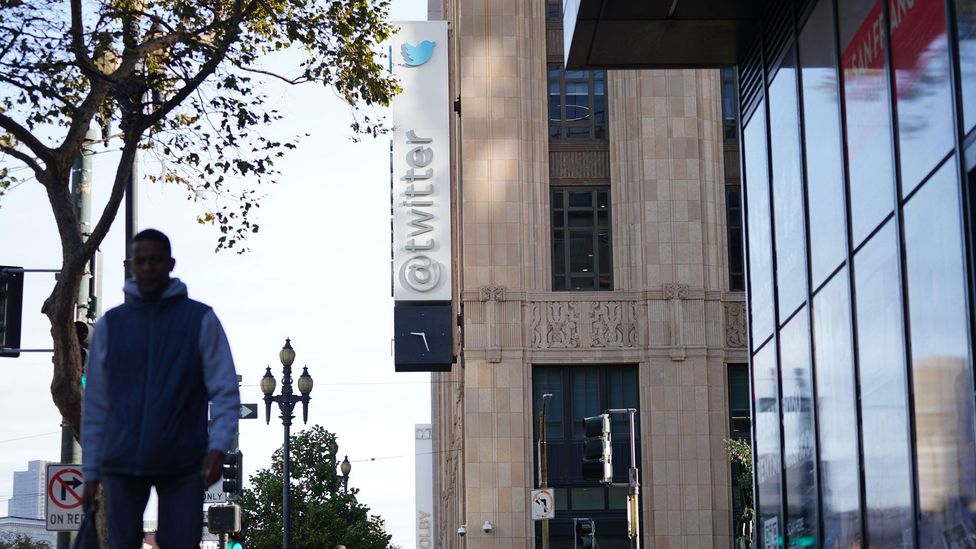
Yet the change is almost always jarring for some consumers. Sause says people often feel emotionally invested in brands, especially with products they use in their daily lives. “It’s almost like we’re saying, ‘How dare you make this decision without consulting me?’ It can feel almost like an act of betrayal.”
Zach Dioneda, VP of brand marketing at fintech company Public.com, agrees that people can take rebrands personally. “There’ll be people that feel as if it is an affront to them as a loyal user,” he says. “People don't love change.”
Yet experts say there are ways to make brand transformations more palatable, with end users front and centre. Among these best practices are pivots that consider the habits, desires and values of core users and customers, and are often data-driven and researched.
One example is Massachusetts, US-based Dunkin Brands Group, Inc., who in 2018 announced they were changing the name of their flagship Dunkin’ Donuts brand, founded in 1950. They’d be dropping the word Donuts from both their moniker and iconography, and would henceforth be just Dunkin’, to represent a wider swath of food and beverage offerings.
Just like with other corporate transformations, the name and logo change didn’t sit perfectly with all consumers at first. However, Sause says she sees the Dunkin’ rebrand as largely successful because it relied on data and user-response studies – especially because the brand had so much consumer nostalgia and affinity due to its longevity. The makeover was “borne of deep audience and market research in order to expand to new audiences without isolating or deterring their current one”, she says.
It’s almost like we’re saying, ‘How dare you make this decision without consulting me?’ It can feel almost like an act of betrayal – Maggie Sause
This, she adds, is one of the reasons Twitter’s rebrand to X hasn’t had the same success, instead leaving core, devoted users feeling left out. Without consulting them, she believes it “feels like a black hole promise, full of things Musk might do”, with no evidence that there’s a clear plan to implement any of the new functions he’s floated to consumers. This, she thinks, is largely alienating to their devoted userbase.
Red Antler’s executive creative director Michael Ciancio also says it’s important rebrands reflect consumer interests and values – things they want to associate themselves with. He believes some users found the transition to X “a pride moment [for Musk], in which a new person at the helm, who has a history of making grand gestures in the service of his own reputation”, took over. And this made the pivot a “shock”.
He adds, “It’s a complete rejection of [the brand’s] ethos and tradition."
Despite the backlash, Musk has made no indications he’ll reverse the decision – for now, he’s doubled down on the rebrand, removing the rest of the Twitter name and blue birds from the site, which remained on 23 July and during the week following.
There is precedent, however, for brands who’ve made transformations to U-turn based on negative user feedback.
For instance, American retail chain JCPenney’s rebrand to JCP was largely rejected by consumers who’d been loyal to the department store for years, which caused executives to revert the name in 2013; global weight-maintenance company WeightWatchers made the same decision in 2018, after consumers pushed back on their mission pivot and subsequent rebranding to WW.
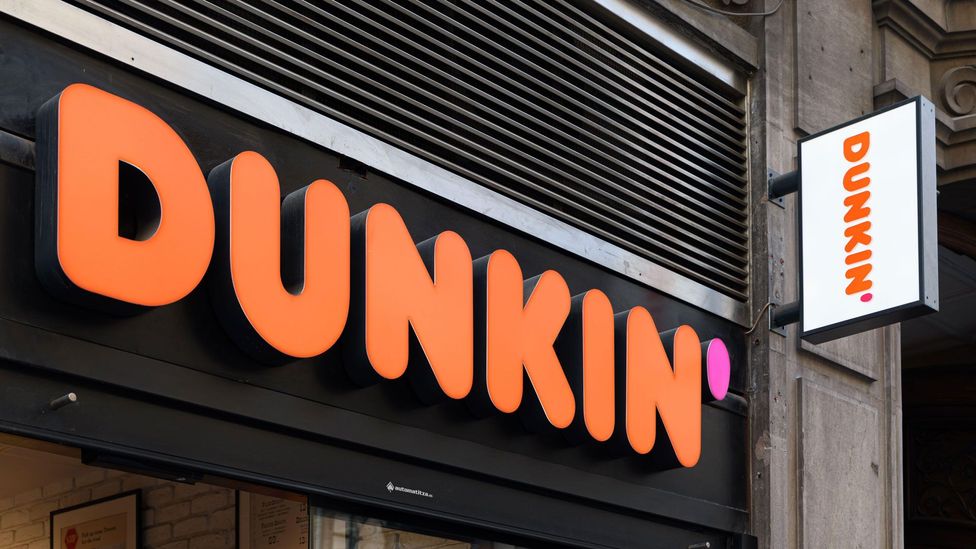
Overall, Sause says it’s hard to build the brand cachet Twitter has – it’s even become a verb in common parlance. Despite the company’s rough patch, “its brand is still a powerful asset”, but she believes they’ve weakened it with the name change.
‘The opposition to change tends to dissipate’
For all the emotional responses to the sudden changes, however, some experts say Twitter’s rocky transition to X may not be a long-term issue – at least from a corporate standpoint.
“Most backlashes are just temporary, and over time, the opposition to change tends to dissipate,” says Kuram Zaman, founder and CEO of Fifth Tribe, a digital strategy and branding agency based in Washington, DC. “We saw this with Airbnb, whose logo redesign users mocked, or with Kia, whose logo caused redesign confusion. There's a lot of discussion in the beginning of such changes – which might not necessarily be a bad thing – but customers eventually move on. The upside is that brand changes may be necessary, and the negative responses will subside over time.”
Baeza agrees. “I don't have any evidence of consumers’ buying behaviours changing to the negative just because of a name change,” he says. “So, maybe this all becomes earned media, with no real detriment, to kick off the reinvention of the brand formerly known as Twitter. Maybe this will be just the reinvention that it needs to get past the growth stagnation of recent years.”
Indeed, while rival tech company Meta’s rebrand drew initial criticism, the company’s revenue hit Wall Street targets in the second quarter of 2023, and Meta is forecasting more growth.
Sause and Ciancio both agree there may be a concerted strategy behind Musk’s move, pointing to the timing of the announcement. It came soon after Meta launched its new social platform, Threads, which at the time dominated the media cycle as the ‘Twitter killer’.
“Maybe it’s part of the media strategy and he might change the logo back again tomorrow,” says Ciancio, “but even if there’s no plan, he is definitely shifting the conversation.”
Keywords
Newer articles
<p data-qa="subheadline">Lawmakers sped the proposal, the most significant threat to the popular app’s U.S. operations, by tying it to a sprawling funding package offering...
Ukraine war: Kyiv uses longer-range US missiles for first time
How soon could US ban TikTok after Congress approved bill?
TikTok faces US ban as bill set to be signed by Biden
‘LOSING CREDIBILITY’: Judge explodes at Trump lawyers as case heats up
Claim rapper ‘made staff watch her have sex’
KANYE WEST PLANS TO LAUNCH 'YEEZY PORN' ... Could Be Coming Soon!!!
Megan Thee Stallion’s Ex-Makeup Guru Talks. It’s Not Pretty.
King’s Funeral Plans Dusted Off—as Health Remains a Mystery
The EU warned TikTok’s new rewards feature could be addictive. Now the app's suspended it
